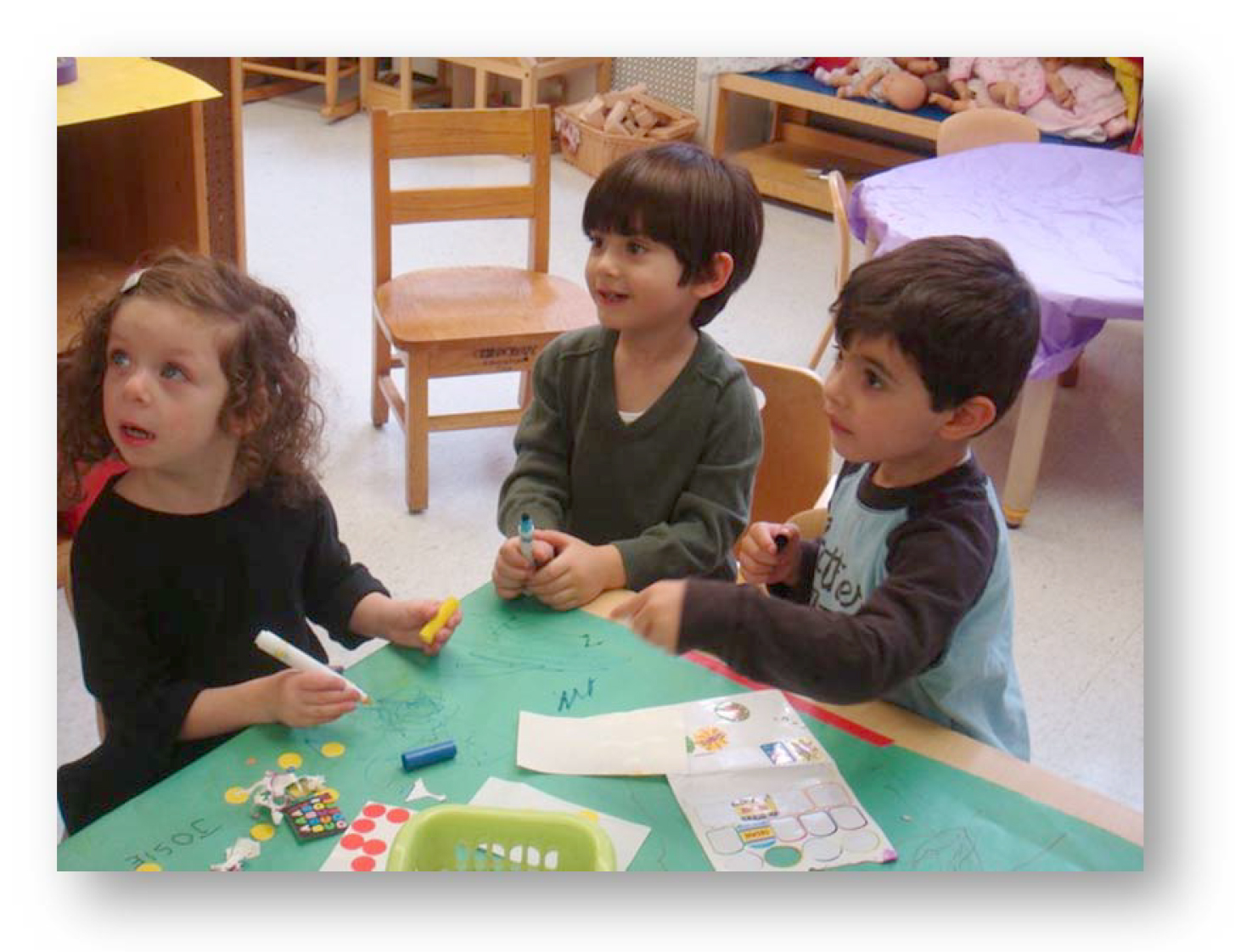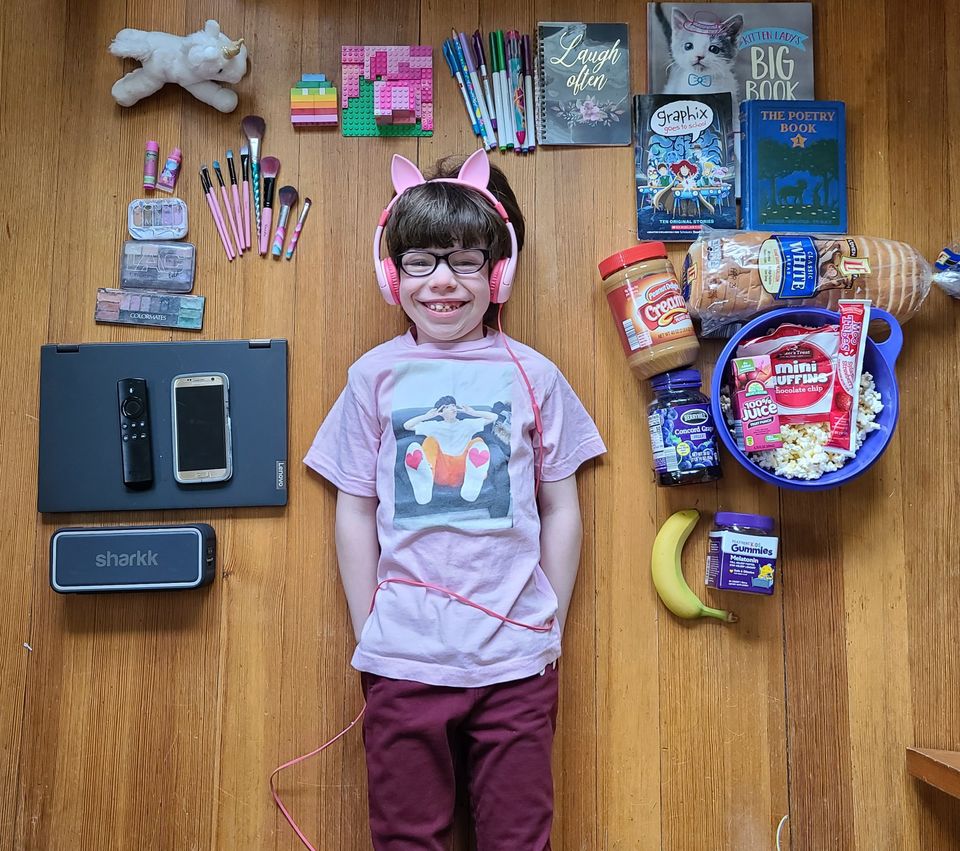PRESCHOOL AGE
 The average toddler with WS is lively, playful, affectionate and full of smiles and "Hi's" for everyone. Trips to the doctor and medical concerns won't keep them from being delightful little people, curious about their world and adding warmth to your family.
The average toddler with WS is lively, playful, affectionate and full of smiles and "Hi's" for everyone. Trips to the doctor and medical concerns won't keep them from being delightful little people, curious about their world and adding warmth to your family.
Now is the time to get started with an "early intervention" program to help address developmental delays. Early Intervention programs are guaranteed in every state. In many states, formal intervention programs won't begin until age 3, while in others they are available to your child as soon as a diagnosis is made. The idea of teaching by playing is at the heart of early intervention. Formal programs will assist you in ways to foster your child's development while you are having fun together. Whatever "delay" in development might be present can be helped by doing things that are pleasurable.
Formal early intervention programs begin with developmental evaluations that may lead to the onset of therapeutic intervention programs in physical therapy, occupational therapy, speech therapy, and sometimes music therapy. Many children with WS receive all 3 basic therapies at various times during their early childhood - often receiving all 3 at the same time. Music therapy is lesser known in many areas of the country and not always available. However, if available, a music therapy assessment is advisable for your child. Music therapy can often help children with WS overcome developmental obstacles.
There are many resources that can help you learn more about developmental therapies.
Learn more about therapeutic interventions.
GRADE SCHOOL
 When children with Williams syndrome reach school age, acquiring the proper educational setting is of paramount importance. Unfortunately, there is no easy answer to what the best program might be for your child. The cognitive abilities of children with Williams syndrome can vary greatly, as can their rates of development.
When children with Williams syndrome reach school age, acquiring the proper educational setting is of paramount importance. Unfortunately, there is no easy answer to what the best program might be for your child. The cognitive abilities of children with Williams syndrome can vary greatly, as can their rates of development.
As parents, it is important to learn all you can about the special education system in your community, and to be a proactive member of your child's educational "team." There is a great deal of information available to help you in this process - from general information about special education laws and IEP planning to specific information on classroom strategies and evaluations for children with Williams syndrome.
Learn more about the following areas:
MIDDLE SCHOOL & HIGH SCHOOL
 As children with Williams syndrome reach adolescence, many changes take place.
As children with Williams syndrome reach adolescence, many changes take place.
Academically, as students complete middle school and move on to high school, transition programs must be put in place. It's time to start looking at what might be ahead for our children after high school and making sure that the educational program will support those goals.
Socially, our children often begin to flounder, as their peers take giant leaps in maturity as compared to their much smaller steps. That can lead to emotional upheaval as our children begin to ask, "Why Am I Different." Children begin to take their first steps toward asserting their independence. Mood swings and increased anxieties are common. Sexually, young teens must adjust to their changing bodies and emotional states, and parents are faced with the challenge of helping to make that adjustment as smooth as possible.
During this time, parents should focus on building self-confidence and fostering independence. We must foster good decision-making skills, a healthy assertiveness and respect for others.
There are also new medical concerns we must be watching for. Medical experts advise that we pay special attention to musculoskeletal changes - watching for spinal curvatures and joint contractures, be vigilant about checking for increased blood pressure, and be aware that gastrointestinal problems can appear during the teen years.
Learn more about the following areas:

